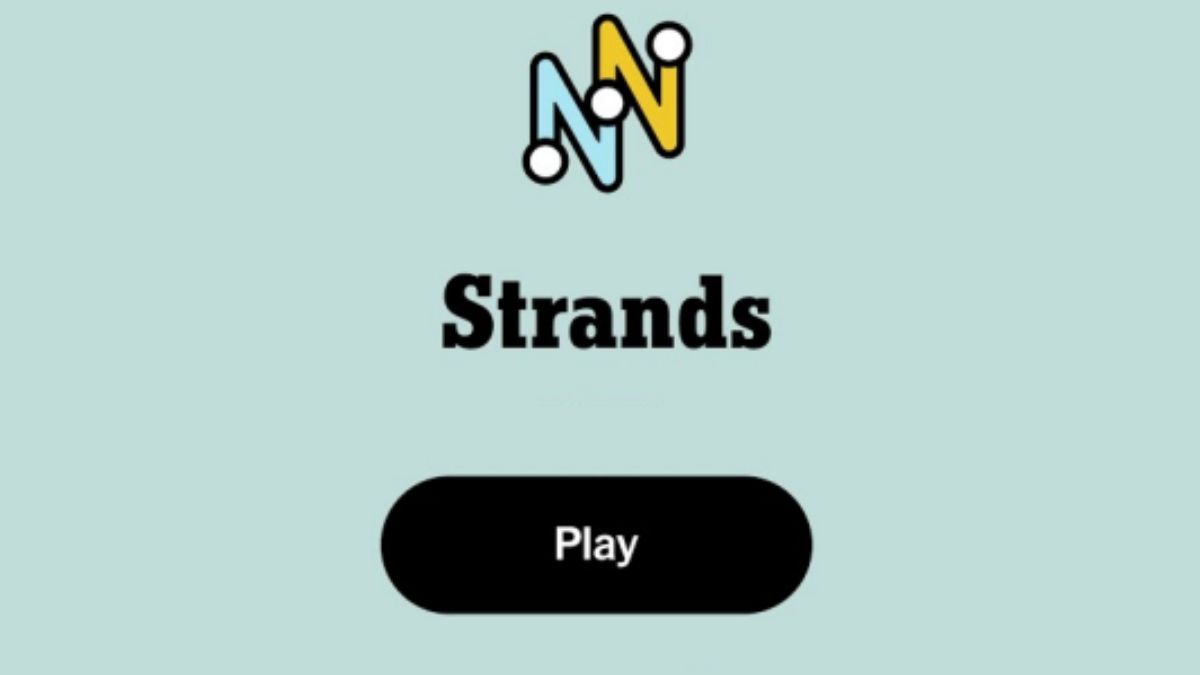International Transgender Day Of Visibility: Practical Steps Towards Allyship

Table of Contents
Understanding Transgender Identities and Experiences
Understanding transgender identities is fundamental to effective allyship. It's crucial to remember that being transgender is a spectrum, not a monolith. Many misconceptions exist, often rooted in a lack of knowledge and understanding of gender identity and gender expression.
- Gender Identity: This refers to an individual's internal sense of being a man, a woman, both, neither, or somewhere else along the gender spectrum. It's about how someone feels inside, independent of their assigned sex at birth.
- Gender Expression: This is how someone outwardly presents their gender through clothing, behavior, and other means. Gender expression can align with, diverge from, or be entirely independent of someone's gender identity.
- The Transgender Spectrum: This encompasses a wide range of identities, including trans men (assigned female at birth, identify as male), trans women (assigned male at birth, identify as female), and non-binary individuals (whose gender identity doesn't fit neatly into the male/female binary). Understanding this diversity is paramount.
- Gender Dysphoria: Some transgender individuals experience gender dysphoria, a feeling of distress or discomfort caused by a mismatch between their gender identity and their assigned sex at birth. It's important to avoid making assumptions about someone's experience with gender dysphoria.
- Cisgender: This term refers to individuals whose gender identity aligns with the sex assigned to them at birth. Understanding the cisgender experience can help allies better appreciate the challenges faced by transgender individuals.
It's vital to use correct pronouns and names. Misgendering someone is disrespectful and invalidating. The process of gender transition is deeply personal and varies greatly from person to person; avoid making assumptions about someone's transition journey.
Educating Yourself on Transgender Issues
Becoming a better ally requires continuous learning. There are numerous resources available to help you deepen your understanding of transgender issues and experiences.
- Reputable Organizations: Organizations like GLAAD (Gay & Lesbian Alliance Against Defamation), The Trevor Project, and the Human Rights Campaign (HRC) provide accurate information and resources on transgender issues. Their websites offer articles, reports, and educational materials.
- Books, Documentaries, and Podcasts: Numerous books, documentaries, and podcasts offer diverse perspectives on transgender experiences. Seek out narratives from transgender individuals themselves to gain authentic insights.
- Engaging with Transgender Voices: Actively seek out and engage with the content created by transgender individuals. Follow transgender advocates and influencers on social media, but always do so respectfully and avoid tokenizing their experiences.
Practical Actions for Allyship in Daily Life
Allyship is not passive; it demands active participation in creating a more inclusive world. Here are some concrete steps you can take:
- Inclusive Language: Use gender-neutral pronouns (they/them/their) when someone's gender identity is unknown or when they haven't specified their pronouns. Avoid making gendered assumptions about individuals.
- Correcting Others Respectfully: If you hear someone misgendering a transgender person, correct them politely and privately. Explain the importance of using the correct pronouns.
- Advocacy: Advocate for transgender rights in your community and workplace. This could involve supporting transgender-inclusive policies and legislation or speaking out against discrimination.
- Addressing Microaggressions: Be mindful of microaggressions, seemingly small actions or comments that communicate prejudice or hostility. Learn to recognize and address these subtle forms of discrimination.
- Supportive Listening: Be a safe and supportive listener for transgender friends and family members. Create a space where they feel comfortable sharing their experiences without judgment.
Supporting Transgender Rights and Advocacy
Supporting transgender rights extends beyond individual interactions. Active advocacy is crucial in creating systemic change.
- Financial Support: Donate to LGBTQ+ organizations that work to advance transgender rights and provide support services to transgender individuals.
- Community Involvement: Participate in or organize local events and rallies that raise awareness and advocate for transgender equality.
- Political Action: Contact your elected officials to express your support for pro-transgender legislation and oppose discriminatory policies. Vote for candidates who champion transgender rights.
- Education and Awareness: Educate your friends, family, and colleagues about transgender issues and the importance of allyship.
- Supporting Transgender Businesses: Support local businesses owned and operated by transgender individuals.
Conclusion
International Transgender Day of Visibility is a time for reflection and action. Becoming a true ally is an ongoing process that demands continuous learning, active participation, and unwavering commitment. By understanding transgender identities, educating ourselves, and taking concrete steps to support transgender individuals and their rights, we can all contribute to creating a more inclusive and equitable world. Celebrate International Transgender Day of Visibility by becoming a stronger ally; take action to promote transgender equality; learn more about transgender issues and how you can help. Let's work together to ensure that transgender individuals feel seen, respected, and valued every day, not just on ITDoV.

Featured Posts
-
 Solve The Nyt Spelling Bee April 1 2025 Clues And Strategies
May 10, 2025
Solve The Nyt Spelling Bee April 1 2025 Clues And Strategies
May 10, 2025 -
 Le Role De La Ville De Dijon Face Aux Problemes D Epicure A La Cite De La Gastronomie
May 10, 2025
Le Role De La Ville De Dijon Face Aux Problemes D Epicure A La Cite De La Gastronomie
May 10, 2025 -
 Wow High Potentials Finale Proves Its Potential
May 10, 2025
Wow High Potentials Finale Proves Its Potential
May 10, 2025 -
 Nyt Strands Game 403 Hints And Solutions For April 10th
May 10, 2025
Nyt Strands Game 403 Hints And Solutions For April 10th
May 10, 2025 -
 Indian Stock Market Today Sensex And Nifty Close Higher Key Movers Analyzed
May 10, 2025
Indian Stock Market Today Sensex And Nifty Close Higher Key Movers Analyzed
May 10, 2025
